Raccoons are fascinating creatures that are known for their adaptability to different environments. These intelligent mammals are native to North and Central America and have become a common sight in both urban and rural areas. In this article, we will explore the characteristics that make raccoons such skilled adapters, as well as the challenges they face in their changing habitats.
Physical Characteristics
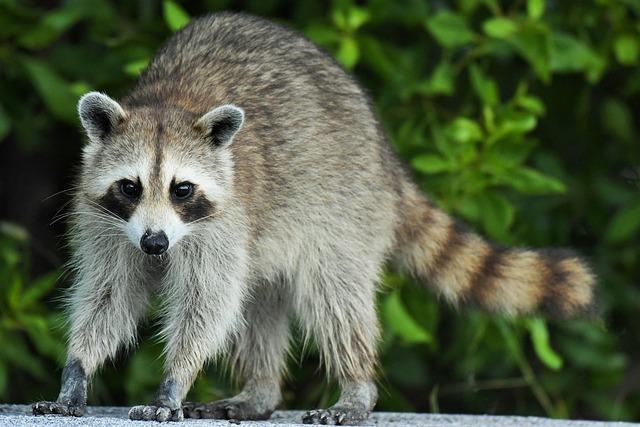
Raccoons are easily recognizable by their black masks and bushy tails with black rings. They have sharp claws and dexterous paws that allow them to manipulate objects with ease. Their grayish-brown fur is thick and insulating, making them well-suited for cold climates.
Behavior
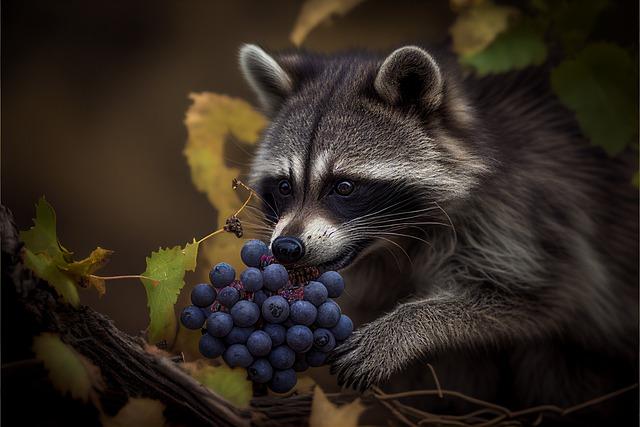
Raccoons are omnivorous and eat a wide range of foods, including insects, fruit, nuts, and small animals. They are also highly adaptable and can thrive in a variety of environments. They have been observed living in urban areas, forests, and even deserts. Raccoons are primarily active at night and are known for their excellent climbing abilities.
Habitat
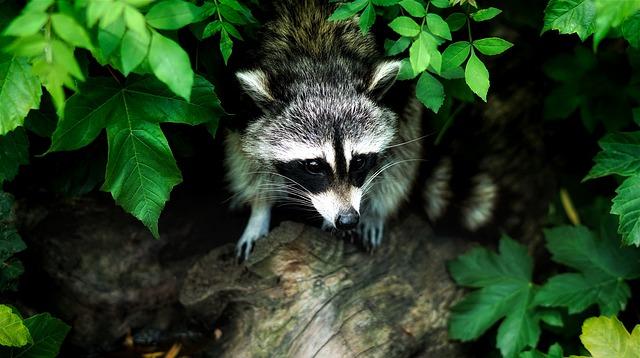
Raccoons are found throughout North and Central America, from Canada to Panama. They prefer forested areas near water sources, but can also be found in urban environments such as parks, neighborhoods, and college campuses. They are highly adaptable and can survive in a variety of habitats.
Challenges
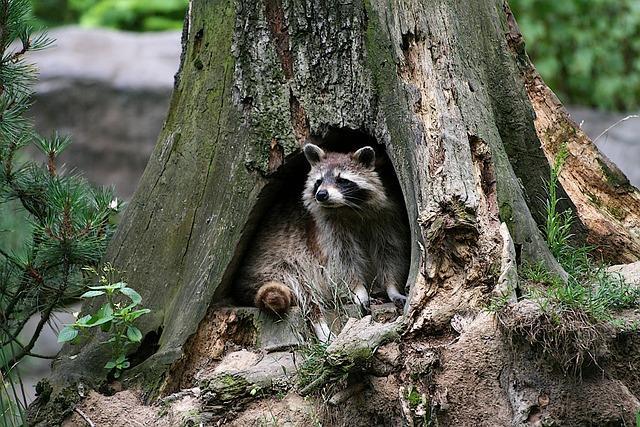
Despite their adaptability, raccoons face a number of challenges in their changing habitats. Urbanization, habitat loss, and fragmentation can all have a negative impact on their populations. They are also susceptible to diseases such as rabies and distemper, which can affect their survival.
Conclusion
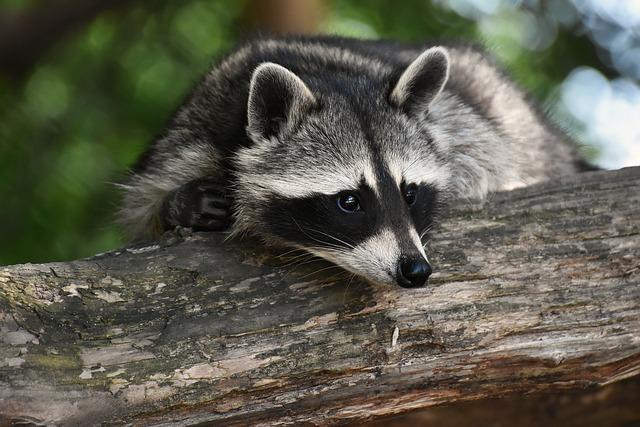
In conclusion, raccoons are masters of adaptability and can thrive in a variety of environments. Their sharp claws, dexterous paws, and insulating fur make them well-suited to survive in cold climates. However, raccoons are also facing a number of challenges in their changing habitats, and it is important to take measures to protect these intelligent and fascinating animals.

